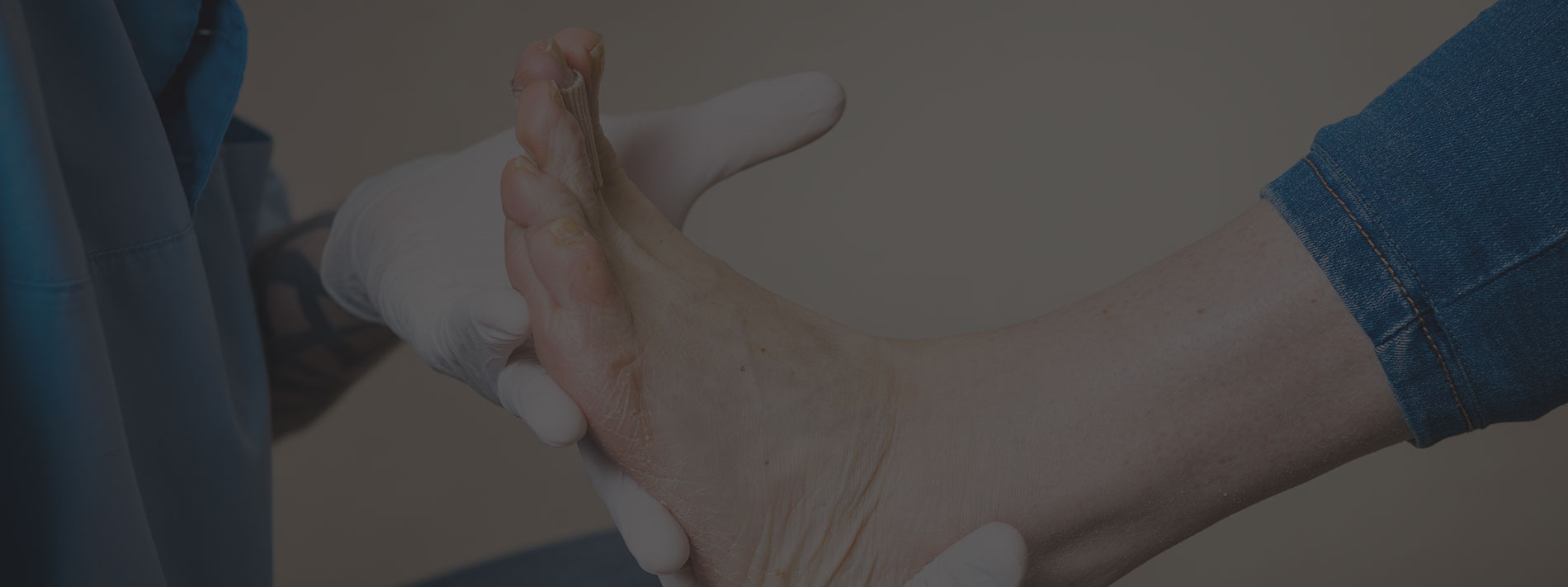
About
At Sydney CBD, we have a special interest in the diagnosis and treatment of foot and lower leg problems.


There are plenty of articles debating soft versussemi-rigid orthotics, and even some podiatrists advertising they can fix most foot problems with “foot mobilization techniques” (Similar to a chiropractor “cracking” and manipulating the joints of the feet). The truth is that the majority of people who “over-pronate” (feet roll inwards/ arches collapse too much) do so because of hypermobility due to ligament laxity (double jointed in layman’s terms. Mobilizing the joints of the feet alone for a patient with hypermobility has only extremely temporary benefit, if any at all. This is especially true if the patient has tight calf muscles, which is almost always present in our patients with foot problems.
With regards to soft v rigid orthotics, and everything in between, every orthotic we prescribe has a degree of flexibility, relative to the weight of the patient and their activity. We normally add a thick soft top cover where bulk restrictions won’t make the shoe too tight. A large number of patients frequently comment how much more comfortable our orthotics are compared to their previous pair from elsewhere.
We bang our heads on the desk every time we read websites promoting “We make soft, flexible orthotics that promote the natural motion of the foot”. Truth is, most of these can be classed as “placebo”-thotics and you’ve just wasted several hundred dollars on something as ineffective in fixing your problem as an off-the-shelf device from the chemist, or over the internet. We have a bucket full of these in our office from patients we have had to replace with something effective, as they weren’t able to support the patient’s foot properly and the patient had little improvement in symptoms or function as a consequence.
The truth of the matter is that the stiffness of the shell needed is relative to your weight and your activity.
For example: A runner or jumper will need a stiffer shell than a walker due to impact, whereas an orthotic shell considered “semi-rigid” for a 30kg child is made from a material that would be far too flexible for an 80kg runner.
Although some patients with a mild or forefoot problem can benefit from EVA (foam) orthotics, EVA compresses extremely quickly, which is a good business model as they wear out quickly and you need another pair! We do use EVA for elite athletes for “GAME DAY” sometimes but it is a sacrifice of durability and control for weight reduction.
Polypropylene (poly’) is a good material for durability (especially for builders, miners, footballers) but has to be almost twice as thick as carbon-fibre composite to be as strong. When we use carbon-fibre composite, we can reduce the overall shell bulk enabling us to add more padding to the top cover of the orthotic.
We frequently see orthotics coming in with an arch that can be flattened with a few kilograms of thumb pressure. Imagine how effective that is for any walker (one to two times body weight on foot impact) or runner (three to four times body weight on impact). An average running patient with hypermobile feet weighing between 60 and 80 kgs is placing 180 to 320kgs of force through each foot at impact. So, if your soft orthotics are helping, you can probably modify your running technique and you probably don’t need orthotics at all, or maybe just an off the shelf device.
The other major cause of a lot of secondary problems is having a LEG LENGTH DISCREPANCY. This is missed by most health professionals, as I have experienced firsthand. My own 13mm short left leg was missed by three experienced physiotherapists, two podiatrists and two sports physicians as a teenage distance runner.
We will run through a series of checks to see whether you may have an actual difference (as opposed to a functional one from a twisted pelvis or one lower arch), and then organise to refer you a proper accurate leg length measurement. Sadly, many patients with a long history of foot, Achilles, calf, knee, hip or back/neck problems have had their leg length difference missed.
At Sydney Sports Podiatry, we use in our opinion the best and most technical orthotic laboratory in Australia (Orthotech in Melbourne), and have one of the highest re-order rates in Australia and hence we frequently hear: “Yes, it’s really helped so can I have a second pair please”. Let’s face it: No one wants a second pair if it isn’t working…
We also frequently and unfortunately, have to start from scratch with patients who have been elsewhere to get orthotics made then come to us on advice from our patients when they want it done properly. We often get results where others have failed.
If we think your problem is beyond the scope of podiatry, we will tell you and then refer you to the correct specialist who we think can help you. Frequently, surgeons who have borderline cases will refer patients to try orthotics first to see if surgery can be avoided or postponed until the problem is unmanageable.
To put it bluntly, we won’t prescribe orthotics to any patients if we think there’s another treatment or a better way. If we are unsure if orthotics will help, there are several trial measures than can be implemented for the patient to test before they decide to proceed. Please ask us about this if you are tentative.
Book in your initial consultation at a time that suits you. We’ll call you to confirm your appointment within 24 hours. Please bring short shorts or tights to the appointment if possible, as well as your old exercise shoes and old orthotics if you have any. Don’t buy new shoes before the appointment as we may guide you on your next pair choice.
All we need to know is: